Date: 30 Nov 2021
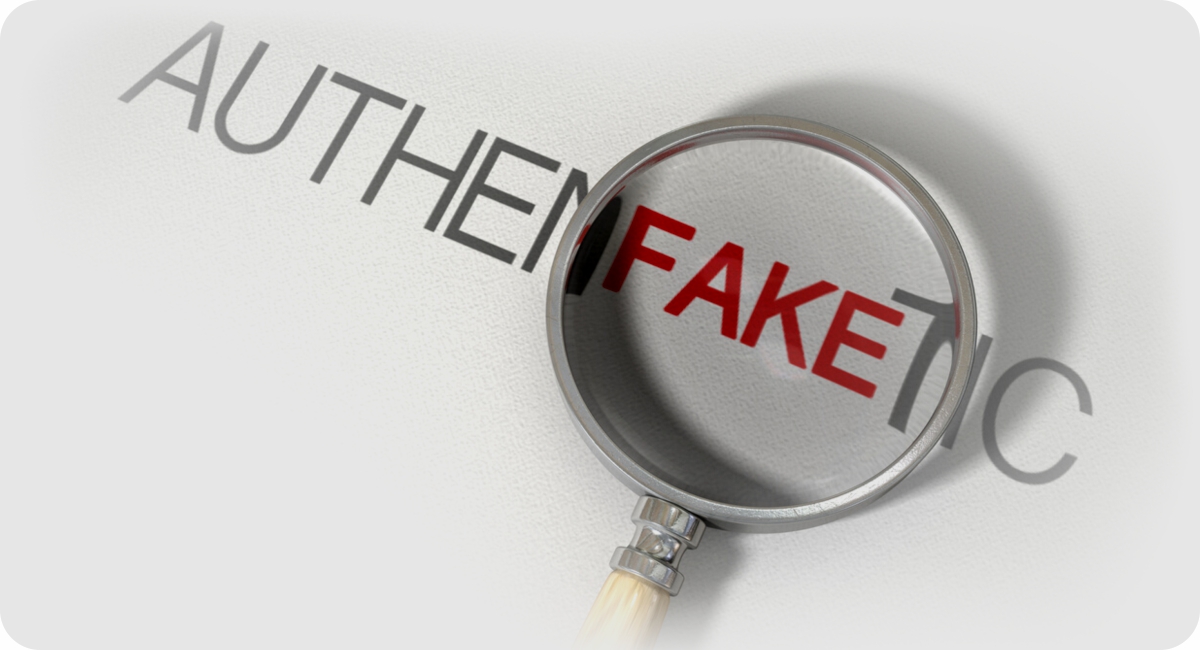 Why use your labels to prevent product counterfeiting?
Why use your labels to prevent product counterfeiting?
Labels can be an extremely useful and effective way to protect your products from counterfeiting and tampering. They are also used to determine the genuineness of an item throughout all stages of the supply chain. There is a variety of packaging systems that are also very useful in the fight against counterfeiting. However, security labels are perhaps the easiest and most noticeable way for consumers to determine if a product is genuine.
In recent decades, label production technologies have developed extremely rapidly. This development helps manufacturers choose the most suitable technology to protect their products. Modern technological capabilities allow the printing of labels with overt or covert elements that serve to prevent counterfeiting.
Overt elements: their name reveals exactly what they are. These elements can be found on the label and are visible to consumers. They are usually a more cost-efficient choice than covert elements.
Examples are special foils, laser cutting of unique small shapes or images on the label, security VOID labels and self-destructible labels. Other overt elements are some special effects such as holograms, hot or cold foil printing, tactile sign printing, printing with special thermal transfer ribbons, etc. The more sophisticated overt elements are featured on a brand label, the more difficult and expensive it will be to counterfeit it.
Covert elements: these security measures are not visible or easily understood by buyers (and potential counterfeiters). They are hidden elements that are used as additional protection and/or to track products throughout the supply chain.
Often, a special device or using a re-agent is required in order to read them. Such covert elements are labels printed with special security inks. The inks can be UV fluorescent inks, special thermal or moisture sensitive inks, inks with embedded fragrance, inks or papers containing a marker that is detected by special electronic detectors. Special thermal transfer ribbons with built-in protection elements, papers with embedded threads or coloured inner layers are also used.
For better security, anti-counterfeiting specialists recommend the use of several types of protection in combination of overt and covert elements. However, the specific combination depends largely on the product itself, the brand, the risk of counterfeiting or tampering and the manufacturers' budget.
Dilcom has a wide range of modern, flexible solutions. They can be matched to your specific application to offer you the most secure and suitable solution for your business.
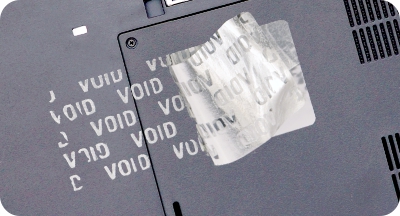 Security VOID labels
Security VOID labels
This type of tamper-proof labels are made of a unique combination of a strong adhesive layer and laminate. VOID labels are a tamper-evident solution, which is very difficult to remove. When an unauthorized removal of the labels is attempted, the backing delaminates to reveal a clearly legible sign "VOID" on the label or product. The peeled coating cannot be adhered back on without visible traces.
Labels whose integrity is not compromised indicate that the product is sealed and original. Because of this special quality, VOID security labels act as a security seal. They find application as a warranty sticker, protection against unauthorized opening of product packaging, and a way to prevent tampering with the information on the labeled product.
VOID labels, stickers are manufactured from a durable polyester material. They are most commonly printed with a thermal transfer label printer or full-color digital printing. They are used in many industries including electronics, retail and logistics.
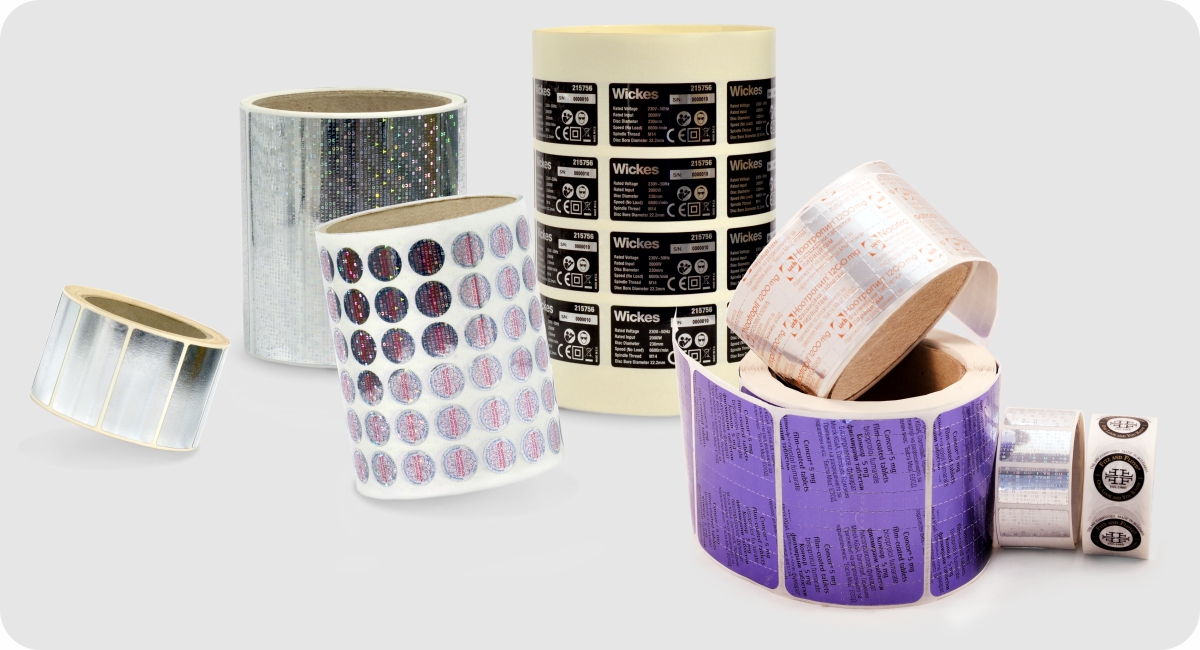 Destructible labels
Destructible labels
Security destructible labels are usually made of vinyl-based film and a strong permanent adhesive. A characteristic of these adhesive labels is that the adhesive bond between the label and the surface on which it is applied is stronger than that between the different layers of the label.
Thus, when an attempt is made to peel off the self-destructive label, it tears and/or delaminates. Re-adhesion is impossible, leaving obvious signs of the tampering intent. For the highest quality and most durable result, protective self-destructible labels are printed with a thermal transfer printer using a resin thermal transfer ribbon.
Like VOID tamper evident labels, destructible labels can be used for warranty stickers and product marking in many different industries. Examples include electronics, household appliances, the automotive industry and pharma.
Both types of security labels can be printed with a variety of information, barcodes and serial numbers. They provide each product (or part of a product) with unique identification, tamper-evidence and proof of genuineness. As a result, the risk of counterfeiting and tampering is significantly reduced.
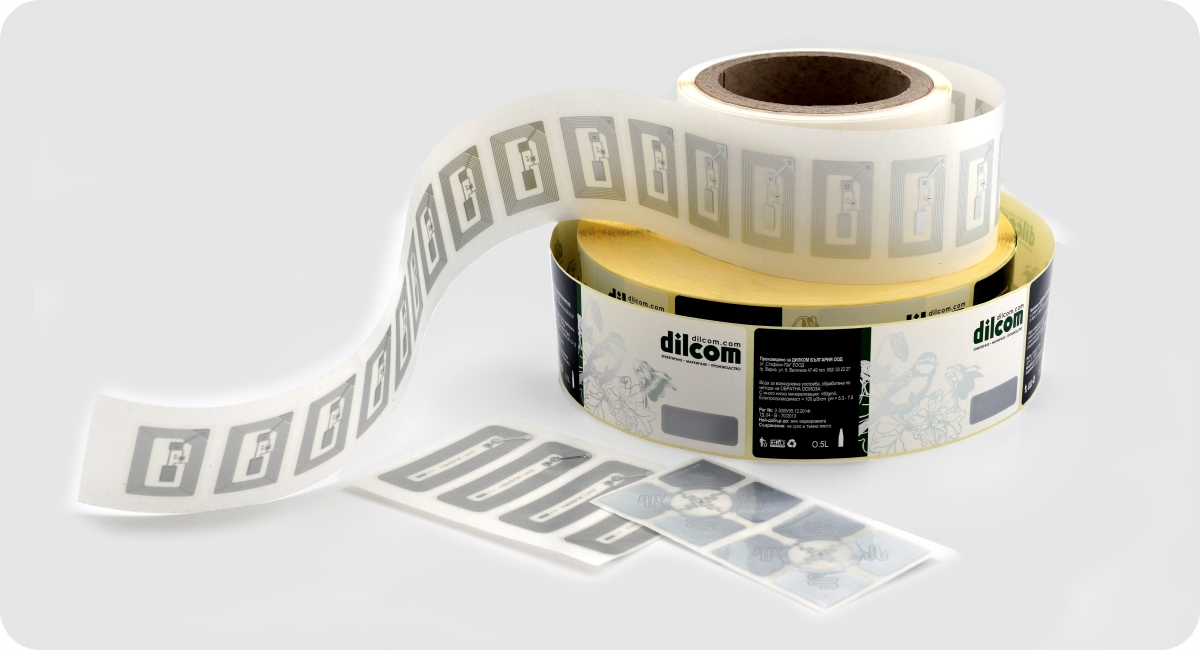
One of the most secure technologies is to put a unique code on each product by printing a QR code or embedding an RFID tag in each label.
These labels use RFID, a technology that allows digital information to be encoded in and read repeatedly in RFID tags. They are also called smart labels and are most commonly used for product identification and tracking, as well as a means of fighting counterfeit or theft. RFID labels
for these applications are adhesive paper or foil tags that have an embedded antenna and chip. They can be printed and encoded with special barcode thermal transfer label printers that have an RFID module.
An alternative way to produce custom RFID labels is with flexo printing or other traditional technology, then embedding the antenna and chip into them. These label components allow a large number of tags to be read simultaneously in a short amount of time. The RFID reader does not have to be in direct visual contact with the labels. Items can be tracked while still in cartons, before they are placed on shelves.
Smart labels are used as an anti-counterfeiting tool because each RFID tag has a unique identification number. It cannot be duplicated or tampered with after initial encoding by the manufacturer.
They are also an ideal anti-counterfeiting solution because any customer with a smartphone with a built-in NFC reader can read the data recorded on the tag. Then, they can check in the manufacturer database to verify that the item is genuine. The QR code can be used in the same way.
An additional marketing advantage is that consumers can also obtain additional product and brand information in this way, such as promotions, origin, games, care instructions, etc. This opportunity to 'communicate' with customers through smart RFID tags and labels with a QR code promotes trust and confidence in the brand. It therefore increases the chance that they will purchase the product from the same brand again.
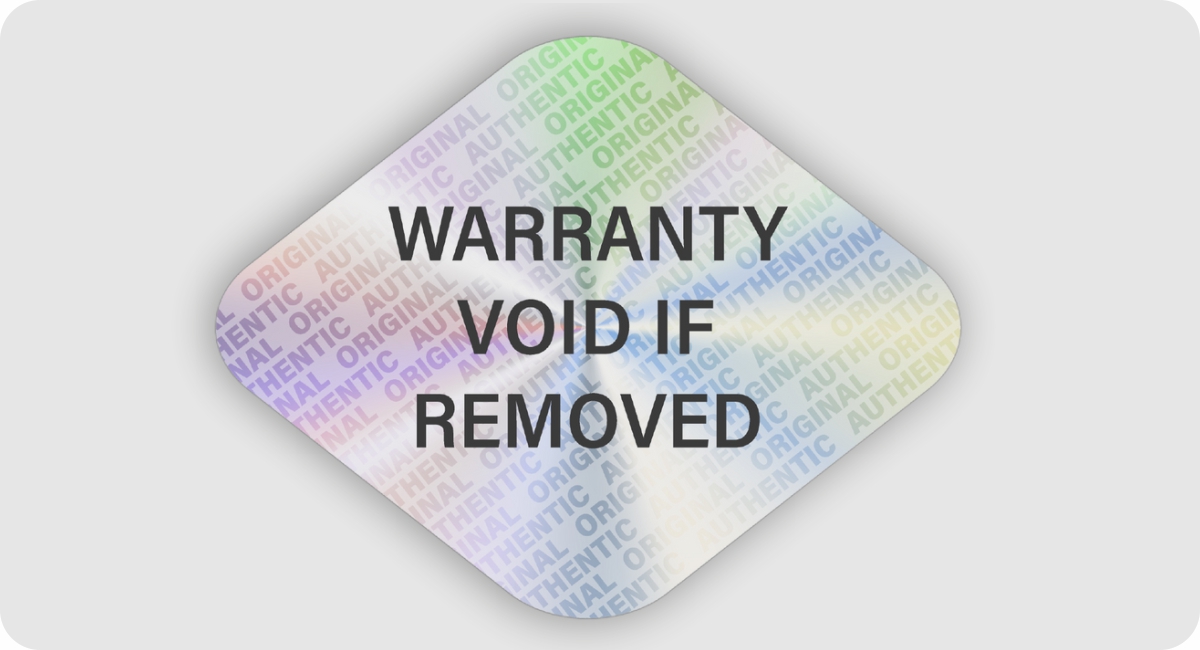
Another type of labels that have developed significantly in recent years and are becoming powerful tools to prevent product counterfeiting are hologram labels. They are one of the most difficult types of labels to counterfeit as the hologram imprint cannot be duplicated.
They come in different types, depending on the security requirements of the specific product and therefore the degree of protection the label must offer. Hologram labels with a lower degree of protection are produced using hologram cold foil printing, hot foil printing or special thermal transfer ribbons. They are a more cost-efficient solution and are most commonly used for initial product identification and product authentication during the logistics process.
For maximum security, high security hologram labels are made with a custom hologram image containing a wide variety of this technology's security features. They are a more expensive solution that is suitable for specific applications in electronics, pharma, cosmetics, retail, etc.
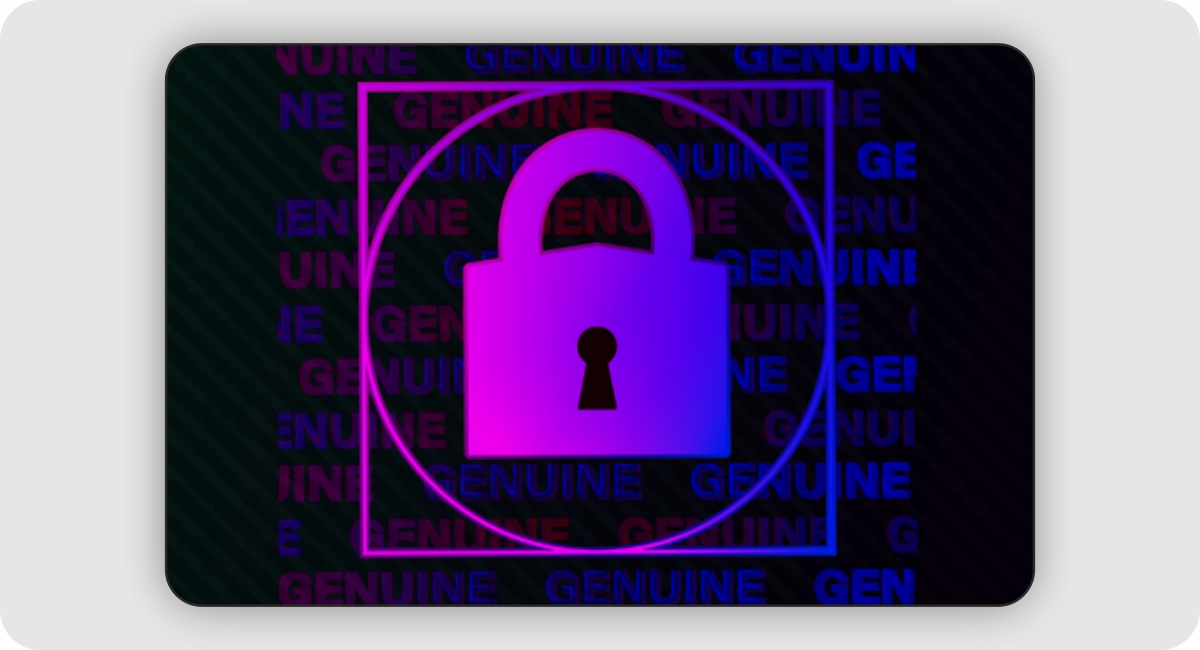
Inks with unique properties are available on the market that can be successfully used to produce labels with security features. Commonly used are UV, thermal, moisture or pressure-sensitive inks that change color once. They are often used to print warranty labels - acting as an indicator of an event such as exposure of the label to UV light, temperature, moisture or pressure, respectively.
They are also used as a means of protecting the product from tampering. UV fluorescent inks glow a certain color when exposed to UV light, while inks with an embedded scent start to emit an odor after rubbing.
In conclusion, many different unique technologies have been developed in recent years to protect products against counterfeiting and tampering. In order to choose the most suitable solution for your brand, you need to consider your budget, the risk of counterfeiting and the requirements of the specific application. If you need further guidance, do not hesitate to contact our team at sales@dilcom.com.

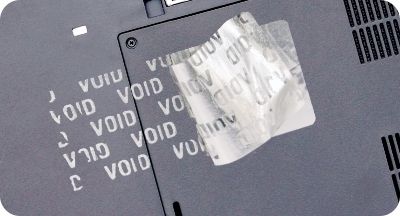
Post comment